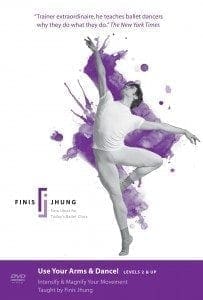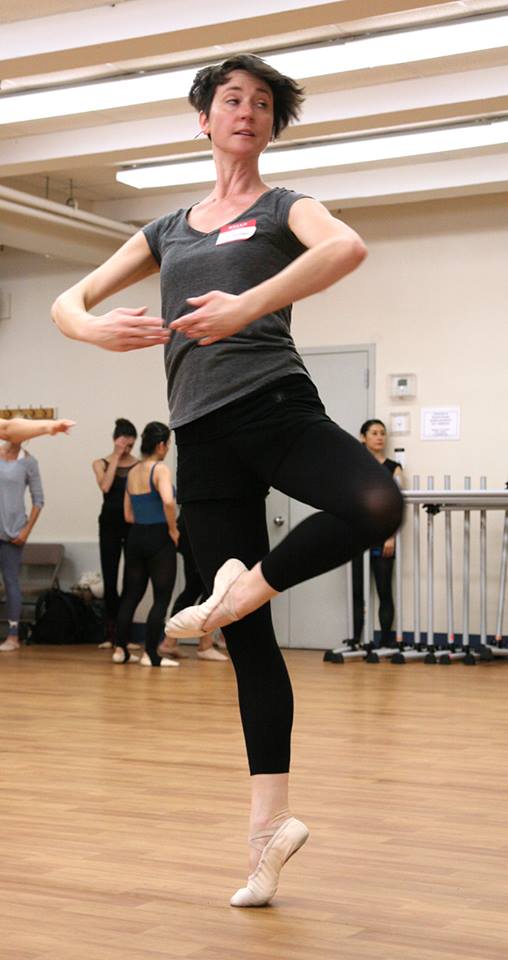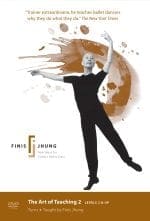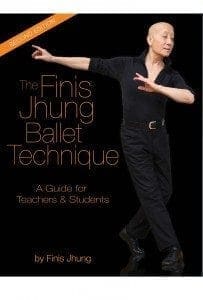If you are going to pirouette, you usually begin from a plié in fourth or fifth position. If you are going to relevé to a pose, you begin with plié on one leg, or fondu. If you are going to jump, there’s a plié before and after. We can’t dance without the plié.
The demi-plié initiates and completes almost every movement we make. Consequently, the plié is the most important and the most difficult movement to execute properly. The plié is ballet.
My first serious ballet teacher, Willam F. Christensen (affectionately called Mr. C.) often said, “You know, your legs bend, and they straighten. They bend, and they straighten. That’s it.”
How right he was. Adding on to Mr. C.’s straight talk, I teach pliés emphasizing how the legs bend and straighten. It is important for students to grasp the mechanics of the plié so that they will strengthen their feet, legs, and bodies as they work.
When you dance, you
- bend your knees so that you can
- push the floor with your feet, which will
- cause you to either stand with a straight leg on a flat foot, on relevé, or leave the floor and spring up into the air as you
- execute a balance, turn, or jump.
We all want to have a plié that will power us strongly and safely as we begin and end our movements. With correctly executed pliés, we can dance with ease and avoid injuries to the feet, ankles, and knees. – To be continued. Excerpt from “The Finis Jhung Ballet Technique: A Guide for Teachers & Students”


 Use Your Arms
Use Your Arms


 Practice the pirouette en dehors slowly with a promenade:
Practice the pirouette en dehors slowly with a promenade: This exercise is shown and explained in my video “The Art of Teaching Turns”
This exercise is shown and explained in my video “The Art of Teaching Turns”